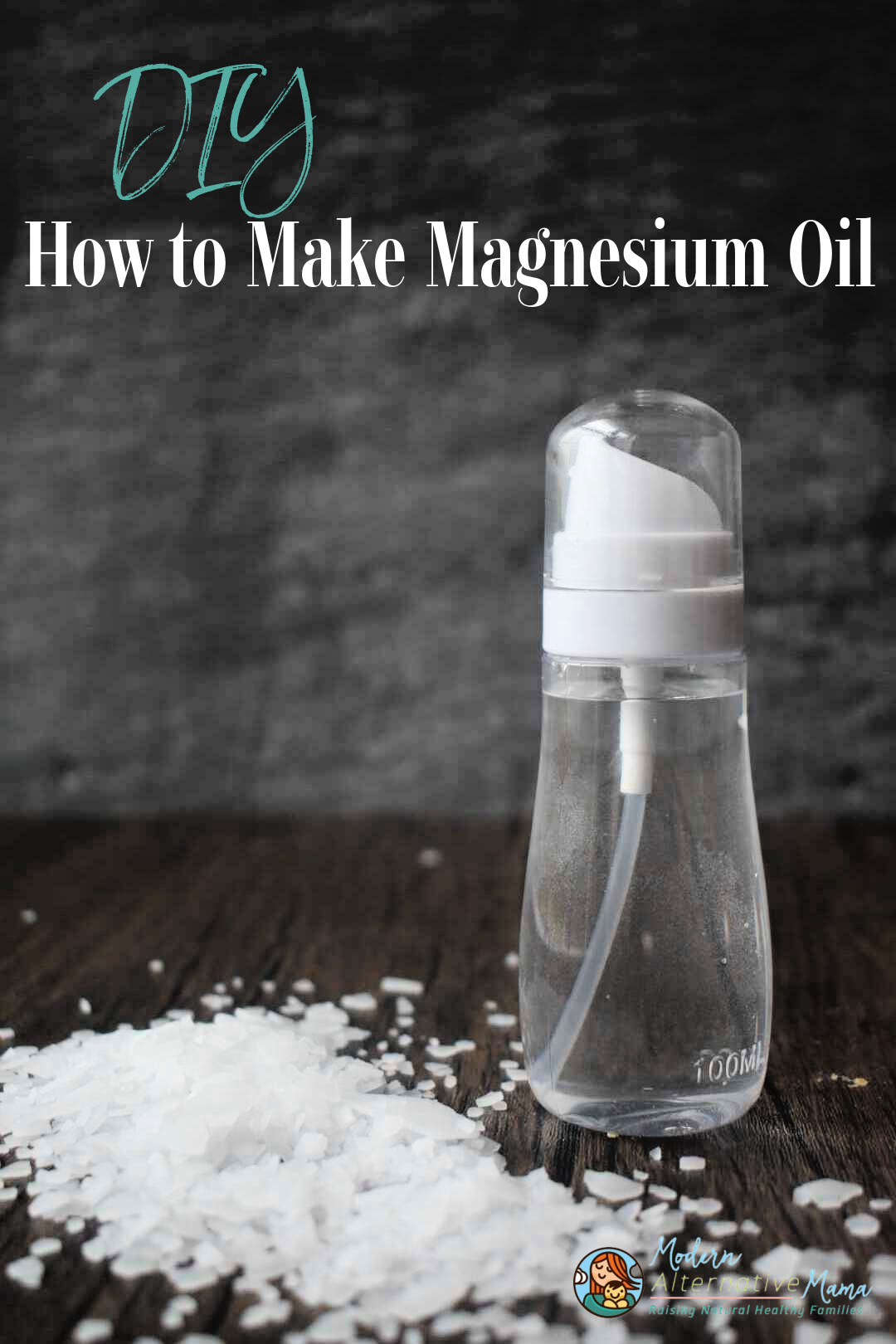The drama of when a pregnant woman’s water breaks has been plastered on every movie screen — but how serious is this moment and does it mean an immediate emergency? Learn more about exactly what is happening during labor and when the bag of waters breaks, and how to handle it.
By Danielle, contributing writer
Most parents believe that as soon as the water breaks – that it’s an emergency and the baby’s birth is imminent. But is this true? Let’s explore exactly what is going on when the bags of waters break.
Your water — or bags of waters because there is often more than one — is also called the amniotic sac and contains two layers of membranes – the amnion and chorion, which hold sterile fluid which is constantly being filtered. Water, urine, vernix and more can be found in this sac, which cushions your baby from movement and supplies it with needed fluid.
It is called premature rupture of membranes (PROM) when the bags of water break before labor has begun. PROM occurs in 8-10% of pregnancies. Of those, over 90% begin labor in the next 48 hours. So, it is completely normal for the water to break before labor begins.
When “should” your water breaks?
There is no right or wrong time for your waters to break. You do not want your waters to break before labor is ready to begin. Ensure that your nutrition, rest, exercise and lifestyle are supporting a healthy pregnancy, and your waters should remain intact to and through birth. Some waters break two days before birth, and some do not break at all – until the baby is born “in the cull” (with an intact bag of waters). There is no right or wrong, but the bag of waters does protect the baby from the hard contractions, so it is ideal for the bag to survive through delivery.
Some waters break two days before birth, and some do not break at all. Occasionally the baby is born “in the cull” (with an intact bag of waters). There is no right or wrong, but the bag of waters does protect the baby from the hard contractions, so it is ideal for the bag to survive through delivery.
Women have consumed a balanced diet and specific foods to support strong bags of water. Dates, leafy greens, and eggs have been used by traditional peoples to build a strong bag of waters, and all signs point to this being supported by science. Blackstrap molasses was used in place of prenatal vitamins — and its vitamins and minerals lend to a strong uterus.
What should you do when your water breaks?
Check the color. Clear or light yellow liquid is normal. It may look or smell like urine. It may be a lot or a little of water. And, it may be a rush of water or a slow trickle. This is all normal.
Avoid vaginal exams.Vaginal exams push bacteria back up into the vagina, and thus, the cervix and uterus. This actually raises your chances of developing an infection. Do not have sex after the waters have broken, as well.
Relax. You have some work ahead of you, so use this time to rest, eat, and get your mind in a relaxing place.
Try to start labor naturally, if it isn’t beginning. If you do not have contractions when your water breaks, don’t worry. Ninety percent of labors begin within 48 hours of the water breaking. You can try to stimulate contractions with natural methods, such as cuddling, acupressure (between the thumb and first finger on the hand, and behind and above the ankle on the foot), nipple stimulation,
What if labor doesn’t start?
Most films would have you believe that labor begins when the water breaks and that you need to deliver shortly after, including a rushed drive to the hospital. This is not the case. The water simply breaks because pressure has been pushed upon it. Labor is likely beginning or beginning soon, but there is no rush. Most hospitals will only allow a woman to labor for 12 hours, or some 24 hours, after the water breaks. They normally establish that this is because of infection, which does increase with the amount of time the uterus is exposed to bacteria. However, there is no reason for the birth process to
Most hospitals will only allow a woman to labor for 12 hours, or some 24 hours, after the water breaks. They normally establish that this is because of infection, which does increase with the amount of time the uterus is exposed to bacteria. However, there is no reason for the birth process to complete within that amount of time,
Some believe that if you deliver long after your water breaks, your birth will be “dry.” This is entirely untrue as there are multiple bags of water and amniotic fluid is continuously being made.
When is it a concern?
Once the waters break, the baby and uterus are now exposed to the outside world, which does include germs. The main concern after the waters break is infection. Signs of infection include a fever, chills, flu-like symptoms, a sensitive uterus to the touch, low baby movement, and increased pulse rate. If you experience any of these symptoms, you should consult with your birth provider immediately.
When your waters break, do not be concerned. Know that birth should begin shortly, and get yourself ready. There is no need for concern nor to rush to the hospital or birth center. It is okay to wait until contractions actually begin to consider yourself in active labor, though it never hurts to notify your midwife or doula when the waters break so they can get ready, too.
Did your water break early? Was it an issue?
SaveSave








Nice article Danielle, and thanks for keeping us informed.